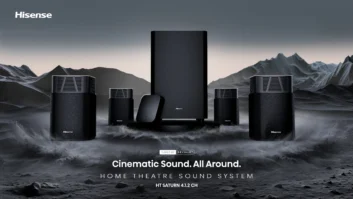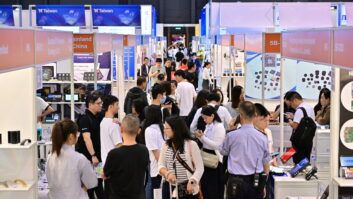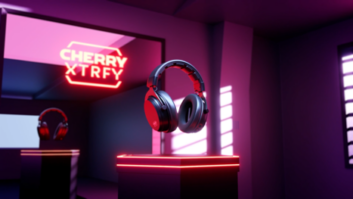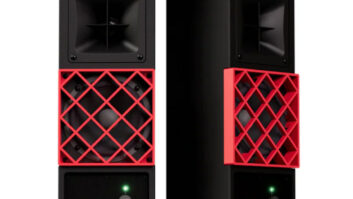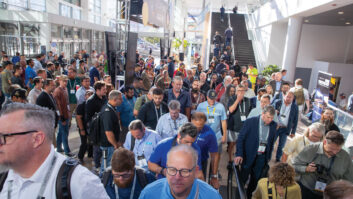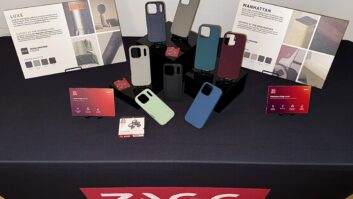The 2015 edition of the Mobile World Congress (MWC) emitted strong signals on the directions that the wireless market will take in 2015.
Samsung will make a strong effort to regain lost market share in smartphones with the premium S6 and S6 Edge with hardened-glass back, metal chassis and overall enhanced cosmetics to replace the plastic S5. With the S6 edge, the company brought last year’s innovation — a curved edge on one side of the display to act as an independent second display — to both sides. The company, however, will also need other hits to fend off a resurgent Apple and Chinese competitors. If the S6 and S6 edge are any indication, more hits are on the way.
Samsung will need them because, for the first time since 2011, Apple took the top spot in the global smartphone market in the fourth quarter, Gartner found. Apple sold 74.8 million smartphones in the quarter for a gain of almost 50 percent from the year-ago quarter. Apple had 20.4 percent share, followed by Samsung with 19.9 percent, Lenovo/Motorola with 6.6 percent, Huawei with 5.7 percent, Xiaomi with 5.1 percent, and all others with 42.4 percent. Total shipments came to 367.5 million units.
BlackBerry, too, signaled increased aggressiveness at MWC with the launch of the Leap, positioned as an affordable device, along with teased plans to launch a slider with hard QWERTY keyboard and, like the Galaxy S6 edge, curved screen of both sides of the screen to act as independent second and third screens. The company also teased that it will again offer a Porsche Design luxury model. The latter two are due sometime this year.
The show also signaled a growing focus on affordable and midtier devices, with LG showing four such models, Microsoft two, Samsung one, and Sony one. Sony’s product marked the company’s only phone launch at the show.
“As vendors flocked to Mobile World Congress this week to showcase their latest products, it is noticeable how many have decided to focus on the midtier as success at the high-end appears more and more unattainable”, said Carolina Milanesi, chief of research at Kantar Worldpanel ComTech. “However, while midtier consumers might be more accessible than high-end ones, manufacturers will have to work harder than ever to stand out in an increasingly crowded marketplace.”
With the launch of only one phone at MWC, Sony also signaled that it will pare its selection to bring more focus, and perhaps profitability, to its cellular line.
For its part, LG signaled its plans to get more aggressive in smart watches with the launch of two premium all-metal models, one with the company’s own OS, said by some critics to be more user-friendly than Android Wear-based watches.
Although LG used MWC to launch only four midtier LTE smartphones, I expect a replacement for the premium G3 to be announced soon following the announcement earlier this year of the curved G Flex2.
Huawei, too, sees growing potential in wearables, launching its first smart watch, which is based on Android Wear, and a second-generation smart fitness band.
The upshot: Samsung will come out slugging to tip the Apple cart, BlackBerry is not conceding the smartphone market even though its shifting to a services and software company, and watch out for suppliers to promote smart watches to leverage the awareness that Apple will bring to the category with its Monday announcement.




